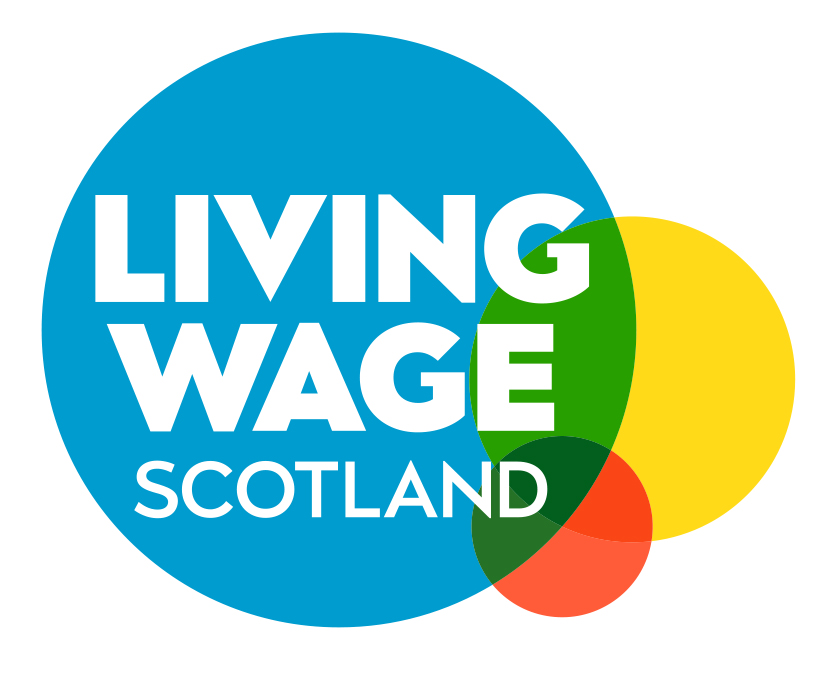By Iain Russell, Living Wage Scotland Accreditation Officer
As new statutory National Minimum Wage rates come into effect on the 1st of April, including changes to the government’s National Living Wage, now is a good time to reflect on the differences between the minimum legal rates in the UK and the voluntary real Living Wage.
As an Accreditation Officer for Living Wage Scotland, it is often pointed out to me that there appears to be more than one Living Wage out there. How did it come to this, and what is the real Living Wage?
In November 2020 The Low Pay Commission, a body that advises the UK government about the statutory minimum wage rates, announced the new rates set to be introduced on 1st April 2021 with the heading, “National Living Wage increase to protect workers’ living standards”.
Despite the assertion, the government’s National Living Wage is not based on living standards or calculated to meet the costs of living in the UK. It is not a real Living Wage.
Inspired by the UK-wide Living Wage campaign, the National Living Wage was introduced in 2016 by then Chancellor, George Osbourne, as a new higher statutory minimum wage rate for workers aged 25 years and over. The rate was based on a target of reaching 60% of median earnings by 2020.
2021 will see the National Living Wage increase by 2.2 per cent from £8.72 to £8.91 and will now be extended to 23- and 24-year-olds for the first time. The new rate is now based on reaching two-thirds of median earnings by 2024. Workers aged under 23 will receive smaller increases.
Naming this additional statutory rate ‘the National Living Wage’ was great politics, as it sought to address increasing public awareness and demand for a minimum rate of pay based on the costs of living to support workers and their families and improve quality of life. The resulting confusion between this new minimum wage rate and the actual Living Wage continues to this day, which is why we now refer to the voluntary rate as the ‘real’ Living Wage.
Although the introduction of this new higher minimum wage was welcomed, it does not go far enough and falls substantially short of the independently calculated real Living Wage, which is the only rate that is based on living standards across the UK and is calculated to meet the costs of living.
This calculation produces two rates: one for the UK (including Scotland), and another for London to reflect the higher living costs. The real Living Wage is currently £9.50 across the UK and £10.85 in London.
The real Living Wage rates are calculated annually and updated each November. The calculation is overseen by the Living Wage Commission, an independent body drawn from leading Living Wage employers, trade unions, civil society, and academics. The methodology is based on the ‘Minimum Income Standard’, which is determined by what members of the public think is needed for an acceptable standard of living in the UK.
As the government inches slowly towards the real Living Wage, the gap between the statutory minimum and a rate of pay based on what workers and their families need to live remains substantial. As we recover and rebuild from the impacts of the pandemic, we need to see a greater focus on lifting people onto a real Living Wage that covers the costs of living.
Living Wage accreditation celebrates employers that commit to paying all their directly employed and regular third-party contracted workers, aged 18 and over, a minimum of the real Living Wage – and by accrediting as Living Wage employers, they add their voice to the growing Living Wage movement.

